Last week’s weeknote was huge.
This week’s weeknote is more… focused.
(I may finally be finding the right balance…)
At work
- There have been some changes. A minor re-organisation that brings the Office of the CTO closer to the delivery end of the business – with a renewed focus on innovation and technology leadership. This makes me much happier.
- I brokered a successful introduction between a data science contact I made at the recent AWS event and my OCTO colleague who looks after data and analytics.
- I did some script-writing as preparation for some podcasts we’re recording next week.
- And I published a blog post about the supposed demise of cloud, where apparently lots of people are moving back on-premises because it’s “too expensive”. Hmmm:
- Also, because nobody engages with AI blog posts, I made a little observation on LinkedIn:
- I spent quite a bit of time working on the ransomware offering that I’ve mentioned a few times now. Once we finalise the cost model I’ll start to shout some more.
- And someone actually booked some time with me using my Microsoft Bookings page!
Woohoo! Someone actually used Microsoft Bookings to pick a slot in my calendar! #Microsoft365 pic.twitter.com/d4TQ5iJU8b
— Mark Wilson (@markwilsonit) February 22, 2024
At home
- Mrs W did, as predicted, read last week’s weeknote :-)
- I’m pleased to report that she had an enjoyable birthday and my cake baking was successful.
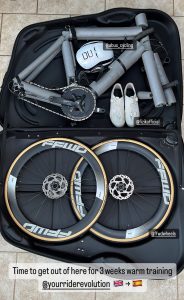
- Matt is happy in Spain (for a few weeks), riding his bike in the sunshine and mixing with professionals and amateurs alike.
- Two new cyclocross frames arrived last week too, so his bedroom back home looks like a workshop as he prepares for gravel/cyclocross later in the year.
- Unfortunately, his groupset is wearing out (the interior components on Shimano 105-spec shifters are fine for leisure riders like me, but not for people who ride more miles on their bike than many people drive). Alpkit were selling off some surplus 105 Di2 groupsets and one is now in our house. The theory being that there’s less to wear out with an electronic groupset. I’m not convinced!
- Ben had a great half term holiday with friends in Devon. He’s back home safely now. The Young Person’s Railcard is a wonderful scheme.
- And I’m bouncing from day to day, ticking things off lists and generally trying to balance being a good Dad, a good husband, and to get myself back in shape, mentally and physically. Once I’d finished work for the week:
- I took myself along to a talk about using multimeters, at one of the local clubs and societies in Olney, which filled a few gaps in my geek knowledge before I caught up with my friend James for a couple of pints.
- And I took a ride on a local railway line that’s recently reopened after a year or so with no service. For a few weeks it’s £1 each way between Bedford and Bletchley so I decided to get a different view of the various developments along the Marston Vale. Old brickworks are now energy recovery facilities and country parks, but there’s lots more to see too.
In tech
- OpenAI launched a text-to-video model called Sora:
Amazing, yet incredibly scary. We don’t yet have the social constructs to manage how we use (and guard against misuse of) AI. Detecting fake from real images is already hard. It just got significantly more difficult… https://t.co/VigmM3MILV
— Mark Wilson (@markwilsonit) February 16, 2024
- The BBC looked back on child futurologists from 50 years ago:
Nah. Flat screens'll never take off. https://t.co/Sv0iD9IKID
— P J Bryant (@pjbryant) February 18, 2024
- I found Timo Elliott’s cartoons – including this one on AI:
This, and many more AI cartoons on @timoelliott’s site at https://t.co/uEYm06FTjH https://t.co/WHn7L7p2DD
— Mark Wilson (@markwilsonit) February 19, 2024
- And BT sold its London tower, which has long since lost its use for radio communications:
BT Group has agreed to the sale of the BT Tower to MCR Hotels, who plan to preserve the building as an iconic hotel.
— BT Group (@BTGroup) February 21, 2024
See the press release below for more details:https://t.co/rrJBEsT7l6
- Whilst I feel for Kate (@katebevan), I’m pleased to see someone else finds these UI features as frustrating as me. See also country dropdowns where I scroll and scroll to get to United Kingdom but someone thought the USA was important enough to put at the top of the list:
Filling in your date of birth is LITERAL VIOLENCE when you're as old as I am and have to scroll back through untold numbers of decades to reach the year you were born pic.twitter.com/EHMA3atAC7
— Kate (@katebevan) February 21, 2024
Next week
Don’t be surprised if I skip a week on the weeknotes… I’m going to be very busy at the end of next week… but I’ll be back soon.
Featured image: author’s own
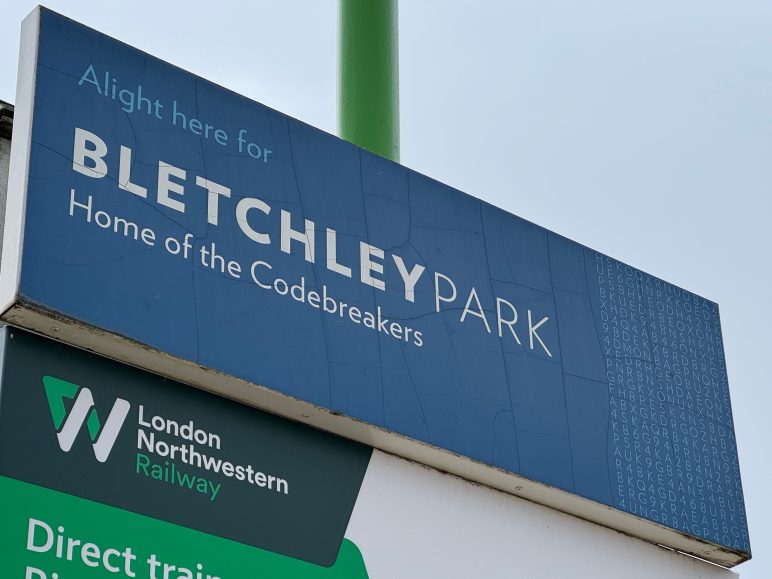
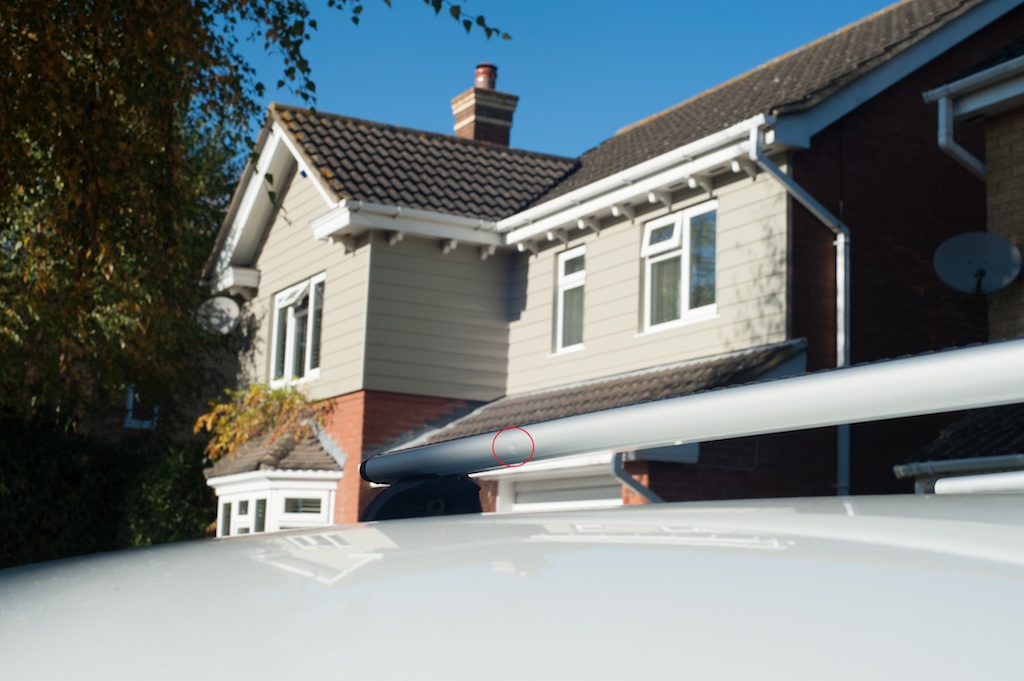


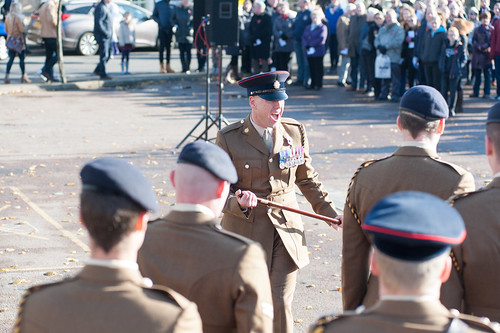
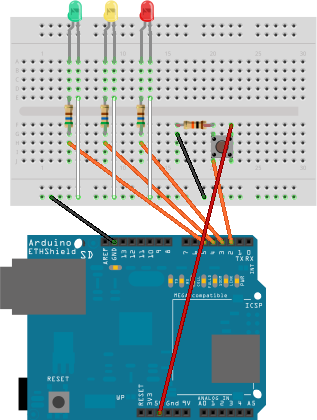
 I decided that I should use
I decided that I should use 
